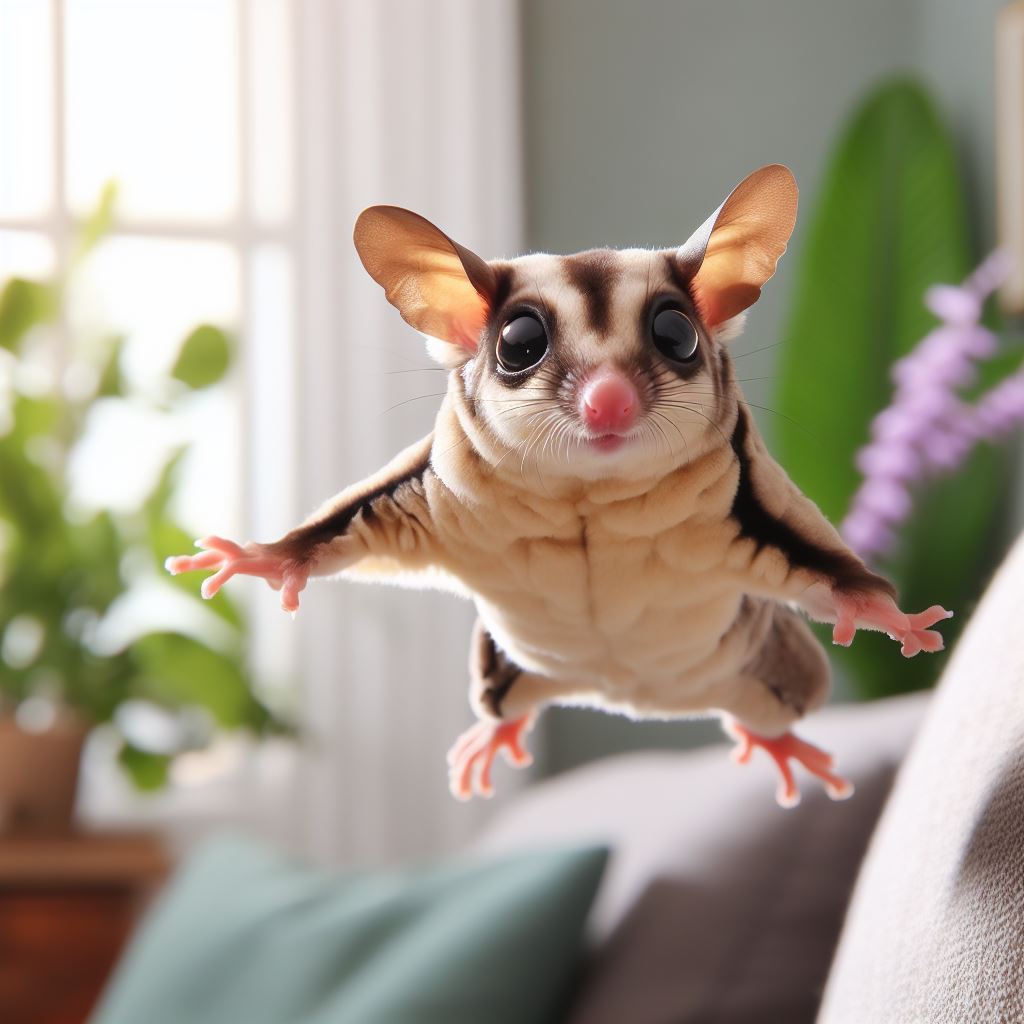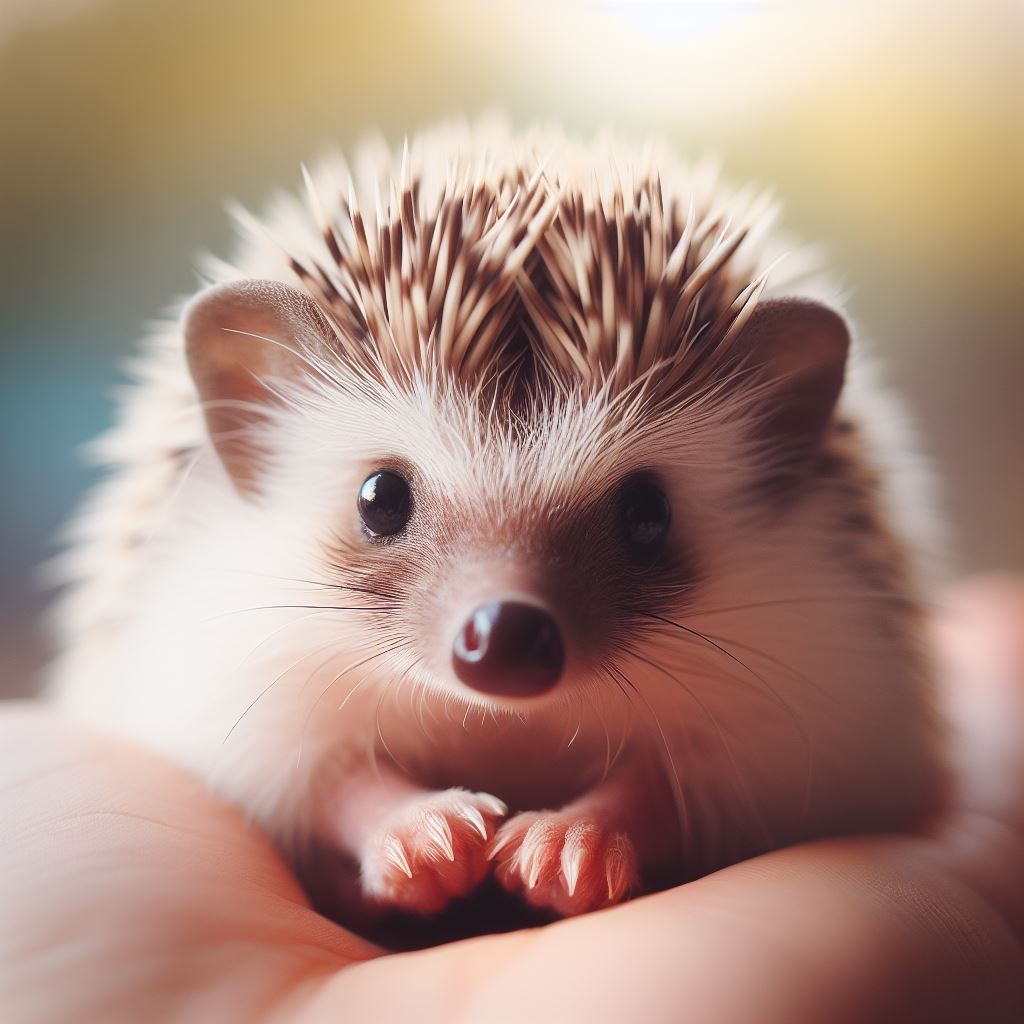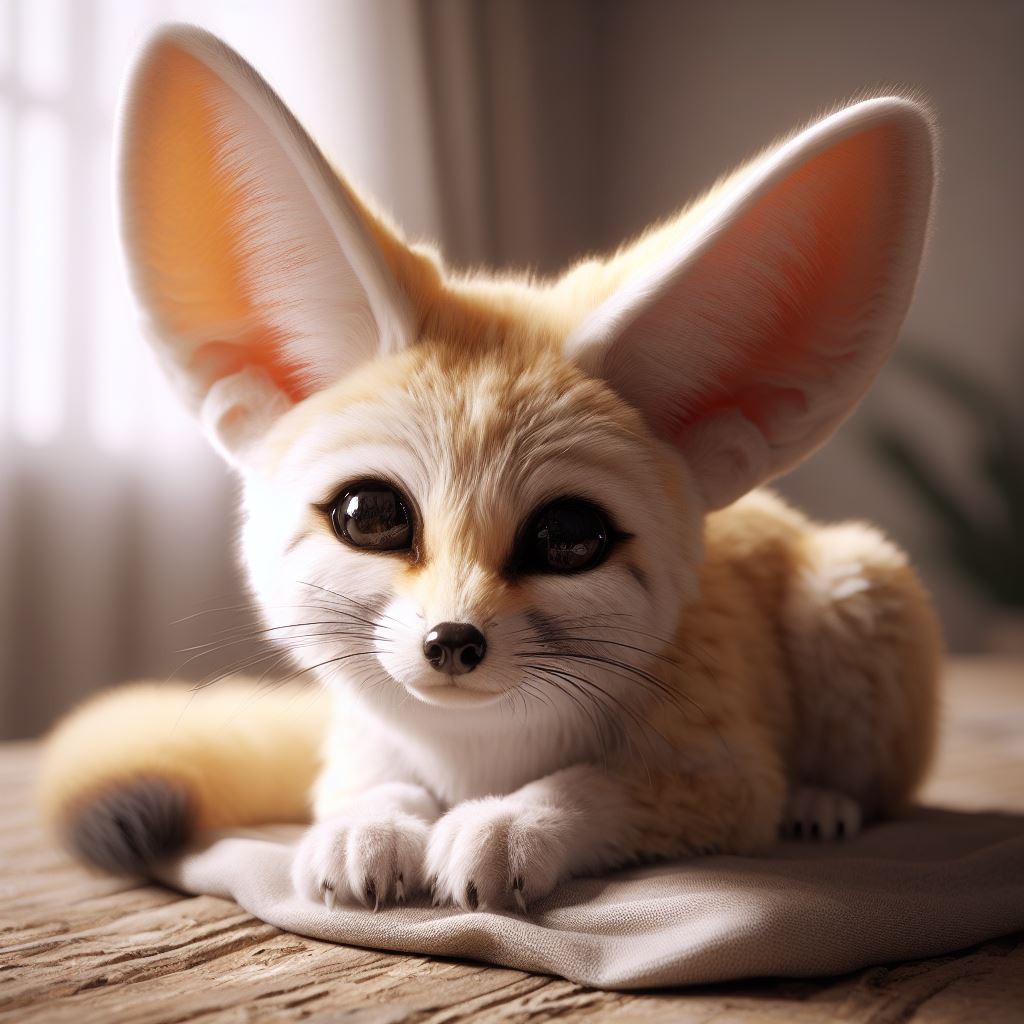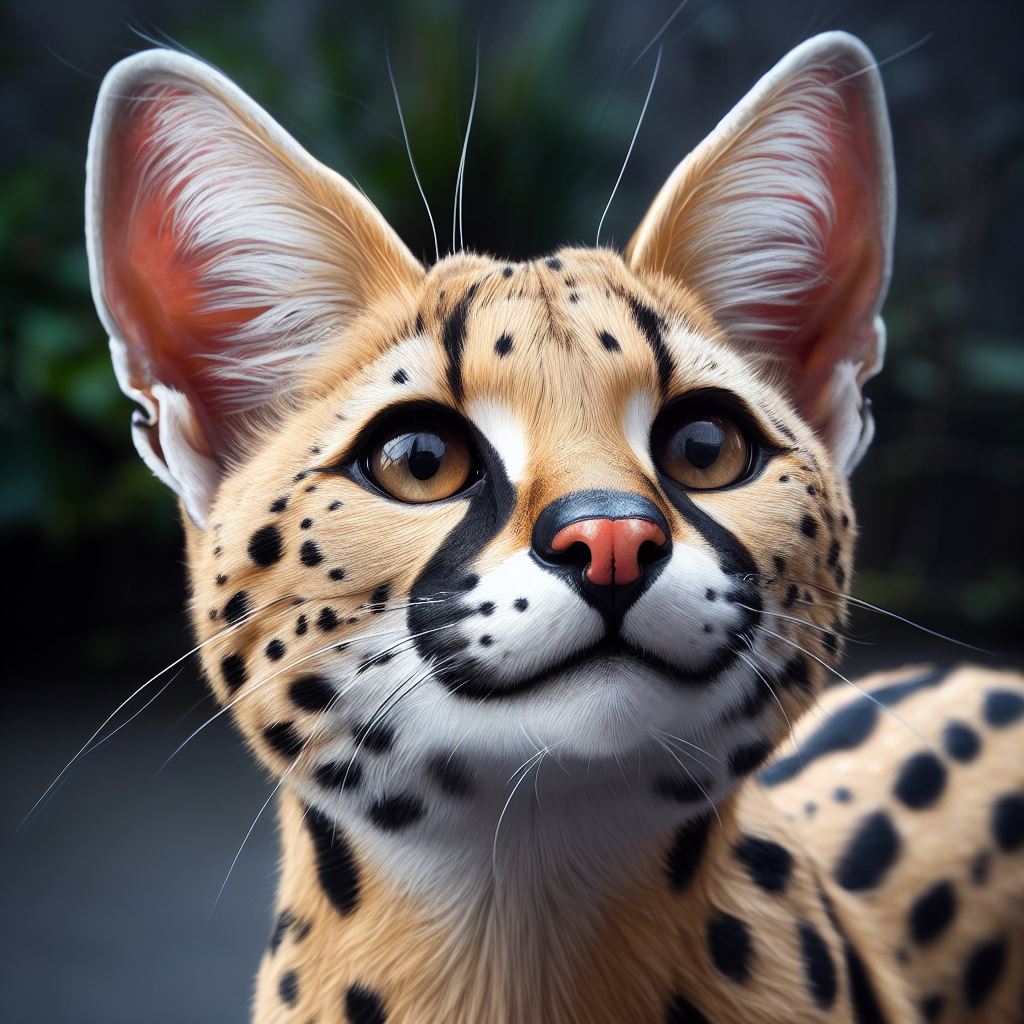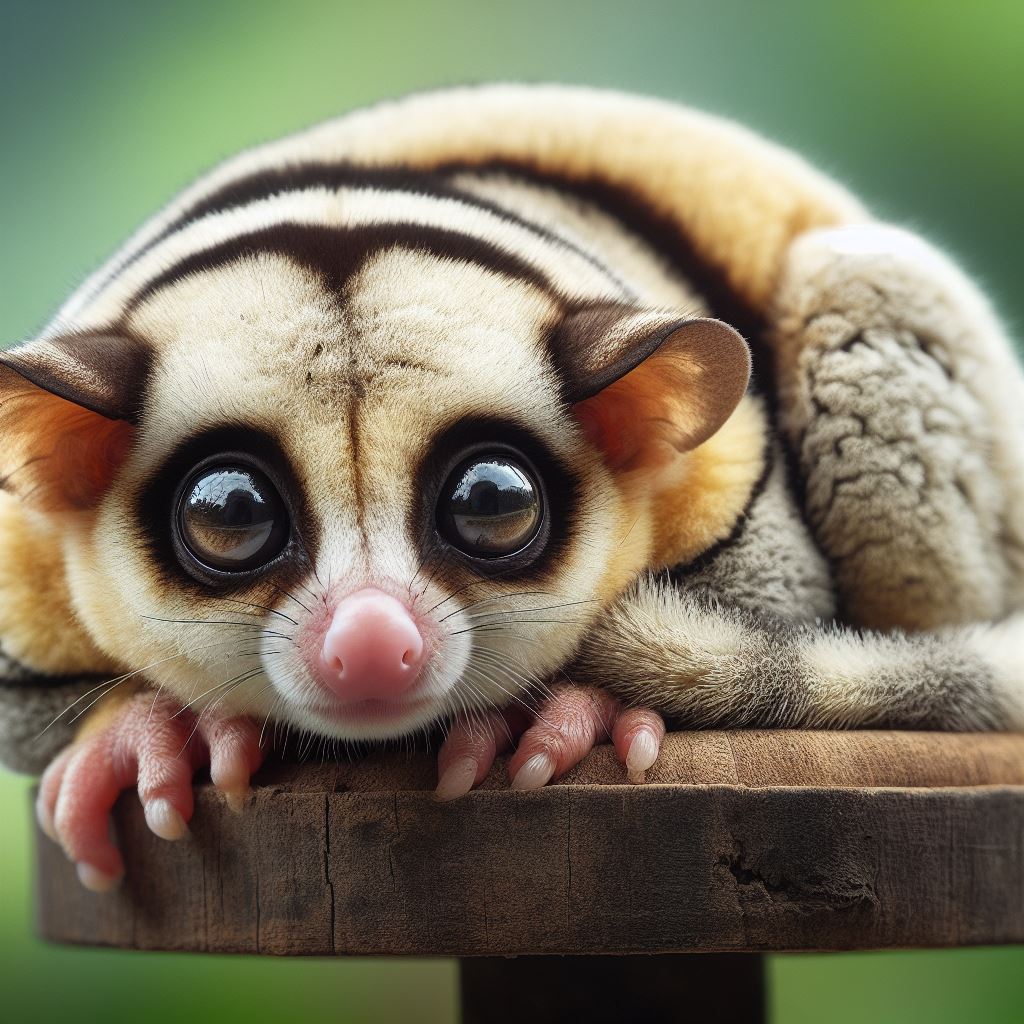In the diverse tapestry of potential exotic pets, the Capuchin Monkey stands out as a unique and intriguing choice. Its charismatic presence and intelligent demeanor have made it increasingly appealing to those seeking non-traditional companions. However, before delving into the world of Capuchin Monkeys as pets, it is imperative to understand the intricacies of their nature, habitat, and care requirements.
Species Description
Within the vast tapestry of the animal kingdom, Capuchin monkeys stand out as charismatic members of the Cebidae family. In this exploration, we delve into the intriguing world of these primates, shedding light on their familial ties, their taxonomic order, and the unique characteristics that define their place within the evolutionary tree.
Capuchin monkeys, scientifically known as Cebus, find their home within the Cebidae family, a diverse group of New World monkeys. This family encompasses a wide array of species, each with its own set of traits and adaptations. Capuchins, with their keen intelligence and social structures, exemplify the essence of the Cebidae family, showcasing the complex relationships that primates often share.
Natural Habitat and Diet
In the wild, Capuchin Monkeys carve their existence in the lush embrace of forests, jungles, and canopies spanning various regions and countries. Their preferred environmental conditions, characterized by abundant foliage and varying altitudes, form the backdrop against which they navigate their world. In this habitat, they interact with a multitude of other species, forming complex ecological relationships. Their diet, a testament to their adaptability, includes an assortment of fruits, nuts, insects, and small vertebrates. Their feeding habits, a blend of foraging, hunting, and social feeding dynamics, showcase their resourcefulness. Ensuring a balanced diet is pivotal when transitioning them from the wild to a domestic setting.
Care Tips
Creating a suitable environment for Capuchin Monkeys demands meticulous attention to detail. Housing them necessitates enclosures of specific sizes and specifications, tailored to mimic their natural habitat. The dichotomy between indoor and outdoor living arrangements hinges on factors like climate and local regulations. Incorporating climbing structures and enrichment activities is not merely a luxury but a vital aspect of their physical and mental well-being. Temperature and humidity levels, mirroring their native surroundings, are paramount for their comfort and health. Addressing their social needs is equally vital; social interaction with humans and their primate peers is vital for their emotional health. To curb loneliness, proactive engagement strategies are invaluable. Adequate exercise, both physical and mental, is the cornerstone of their contentment.
Housing Requirements for Capuchin Monkeys
Enclosure Size and Specifications
-
- Provide a spacious enclosure that allows your monkey to move freely. The minimum enclosure size should be at least 6 feet high, 6 feet wide, and 6 feet deep for a single Capuchin.
- Use strong and escape-proof materials for construction, such as strong wire mesh or bars.
Indoor vs. Outdoor Living Arrangements
-
- While Capuchin Monkeys can thrive in both indoor and outdoor settings, consider the local climate and regulations when deciding.
- For indoor setups, ensure that the enclosure is well-ventilated and receives natural light.
Importance of Climbing Structures and Enrichment
-
- Capuchin Monkeys are natural climbers. Incorporate plenty of climbing structures, such as ropes, branches, and platforms, to encourage physical activity and exploration.
- Enrichment activities, like puzzle toys, are essential to keep their intelligent minds engaged. Rotate toys regularly to prevent boredom.
Temperature and Humidity Preferences
- Ideal Temperature Range
- Maintain a temperature range between 70°F to 80°F (21°C to 27°C) to keep your monkey comfortable.
- Install heating and cooling systems to regulate temperature variations, depending on your local climate.
- Humidity Levels for Comfort and Health
- Capuchin Monkeys thrive in humidity levels of around 40% to 60%.
- Use humidifiers or dehumidifiers, as needed, to maintain the appropriate humidity levels.
Social Needs of Capuchin Monkeys
- Importance of Social Interaction with Humans and Other Monkeys
- Capuchin Monkeys are social animals, and they require companionship.
- Spend quality time interacting with your monkey daily, and if possible, consider adopting two monkeys to provide them with a social partner.
- Avoiding Loneliness: Tips for Social Engagement
- Establish a daily routine for play and bonding. Capuchins enjoy games, puzzles, and even watching TV with their owners.
- Arrange for supervised playdates with other compatible monkeys if you don’t have a second monkey.
Exercise Requirements and Mental Stimulation
- Physical Activities: Playtime and Exploration
- Regular physical activities like playtime and exploration are crucial. Create opportunities for your monkey to climb, jump, and exercise.
- Mental Challenges: Puzzle Toys and Cognitive Exercises
- Engage your monkey’s intellect by providing puzzle toys, treat-dispensing gadgets, and games that require problem-solving.
- Role of Enrichment Activities in Mental Well-being
- Enrichment activities, including hiding treats, introducing new scents, and offering novel experiences, keep their minds sharp and prevent boredom.
Grooming Routines and Health Care
- Bathing and Fur Maintenance
- Capuchin Monkeys are meticulous groomers. Provide opportunities for bathing and brushing their fur regularly to maintain cleanliness.
- Regular Health Check-ups and Vaccinations
- Schedule routine check-ups with a veterinarian who specializes in exotic animals. Follow a vaccination schedule to prevent illnesses.
- Common Health Issues and Their Prevention
- Be aware of common health issues, such as dental problems and parasitic infections. Take proactive measures to prevent these issues, including regular dental check-ups and appropriate medications.
Necessary Supplies and Equipment
- Cage Accessories: Bedding, Perches, and Toys
- Furnish the enclosure with soft bedding materials, perches, and various toys to keep them engaged.
- Feeding Bowls and Water Dispensers
- Use sturdy, tip-resistant feeding bowls and automatic water dispensers to ensure a constant supply of fresh water.
- Medical Kit Essentials for Basic First Aid
- Maintain a basic first-aid kit with essential supplies for emergencies.
Understanding the Natural Diet of Capuchin Monkeys
In the wild, Capuchin Monkeys are opportunistic omnivores, meaning their diet consists of a wide variety of foods. They predominantly consume fruits, nuts, insects, and small vertebrates. This diverse diet provides essential vitamins, minerals, and proteins crucial for their overall health. When adopting a Capuchin Monkey, replicating this diversity in captivity is vital.
Preferred Food Items
- Fruits: Offer a selection of fresh fruits such as bananas, apples, berries, and oranges. These provide essential vitamins and natural sugars that are a source of energy.
- Nuts: Include nuts like almonds, walnuts, and peanuts (in moderation) as they are rich in healthy fats and proteins.
- Insects: Live insects like crickets and mealworms offer a valuable source of protein. They also stimulate the monkey’s natural foraging behavior.
- Vegetables: Leafy greens such as kale and spinach, as well as vegetables like carrots and bell peppers, provide important vitamins and minerals.
- Proteins: Cooked lean meats and eggs can be included in their diet to fulfill their protein requirements. Avoid seasoning or adding any spices.
Feeding Habits and Foraging
Capuchin Monkeys are natural foragers. Encourage this behavior by offering food puzzles and hiding treats within their enclosure. Foraging not only provides mental stimulation but also mimics their natural hunting and gathering instincts, promoting a sense of fulfillment.
Importance of a Balanced Diet
Balancing the diet is crucial. Consult a veterinarian or an experienced animal nutritionist to ensure that your pet receives the right balance of carbohydrates, proteins, fats, vitamins, and minerals. Commercial primate pellets, specifically formulated for monkeys, can be included to guarantee they receive all necessary nutrients.
Hydration
Clean, fresh water should always be available. Capuchin Monkeys, like all animals, require constant access to water for hydration, especially if their diet includes dry or fresh fruits.
Fun Facts
Beyond their captivating physical and behavioral traits, Capuchin Monkeys have woven themselves into the fabric of popular culture. They have graced screens big and small, leaving an indelible mark in movies, TV shows, and advertisements. Symbolically, they hold diverse meanings in different cultures, a testament to their cultural significance. Delving into their intellectual prowess, studies have unveiled their problem-solving abilities, showcasing their intelligence and adaptability. Their communication, both vocal and non-verbal, is a rich tapestry of meanings, expressed through facial expressions and gestures. Their social structures, reminiscent of intricate human societies, are marked by familial dynamics, cooperation, and altruism. In the annals of history, they have played roles in ancient civilizations, reflecting their enduring impact. Yet, even with their storied past, Capuchin Monkeys face challenges in the wild, necessitating focused conservation efforts to preserve their existence.
Conclusion
In the kaleidoscope of pet choices, the Capuchin Monkey shines brightly, offering companionship and curiosity in equal measure. Understanding their essence, from their physical attributes to their societal structures, is paramount before embarking on the journey of pet ownership. As we recapitulate their description, habitat, care, and the myriad of fascinating facts that define them, it becomes evident that responsible ownership is not just an obligation but a commitment to their holistic well-being. It’s not just about the joy they bring but the ethical considerations and legal responsibilities that accompany their presence in our lives. Thus, before the allure of having a Capuchin Monkey as a pet takes hold, it is essential to delve deeper, educate oneself, and appreciate the intricate tapestry of their existence. Only then can one truly provide the love, care, and understanding that these enigmatic creatures deserve.


